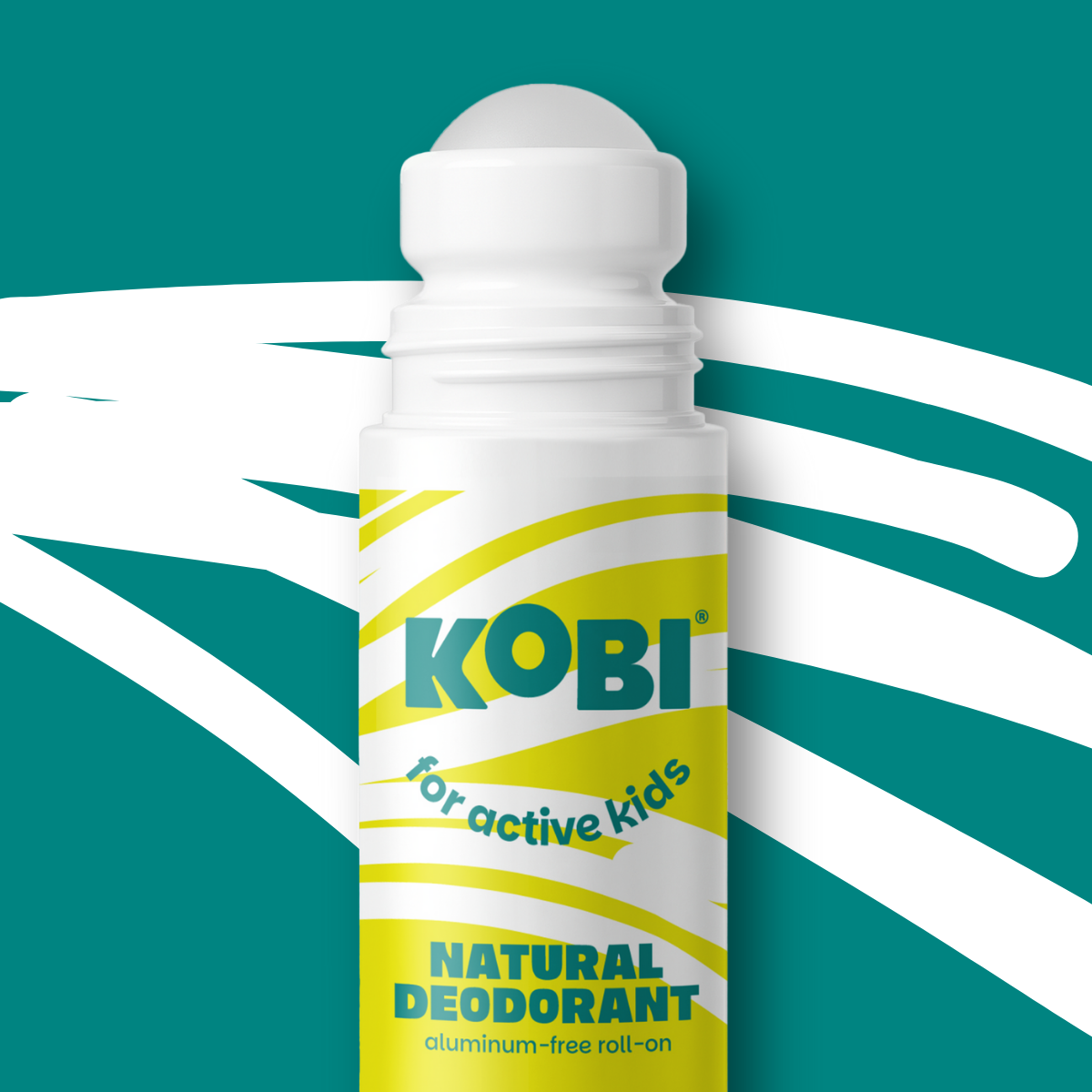
Why Do Kids Need Their Own Deodorant??
Sensitive Skin
Yep, kid skin is about half as thick as ours, so it's much more susceptible to the gunky stuff in grown-up products.
Allergens
Many adult deodorants contain common skin allergens such as artificial fragrance, dyes, nut oils, and soy.
Scent Overload
Ever noticed how deodorants can be total fragrance bombs that feel more like perfume or cologne? Yea, kids don't need (or want) that.
Go Go Go!
Kids are moving around non-stop, but most natural deos fade after a few hours. They need something gentle that's gonna hold up all day.

30,000+ Happy Customers

Who Is Kobi For?
Boys, girls, preteens, early teens, even kids down to age 5 or 6 (with parental supervision, of course). Whatever their age or gender, if the funk has arrived, Kobi is for them.
So, just huddle up with your little stinkers and have them pick out the scents they like!
Start Their Deo Ritual Today
Easy Payment
PayPal, Apple Pay, credit card
Free shipping
On orders of $30+ (before tax)
Fast Support
Quick replies 7 days a week
100% Guarantee
With 60-day return window






